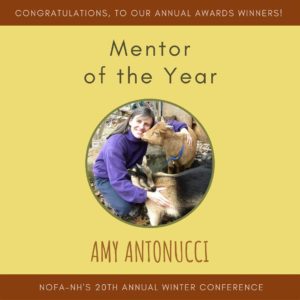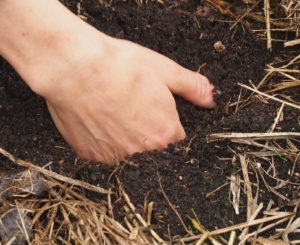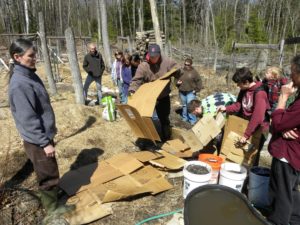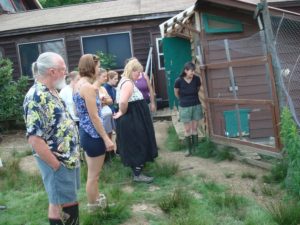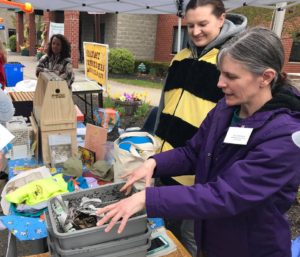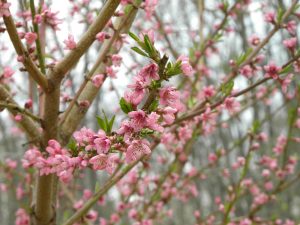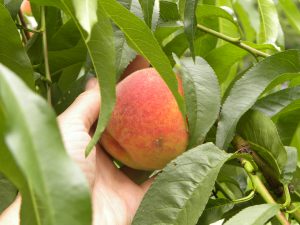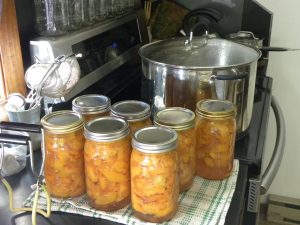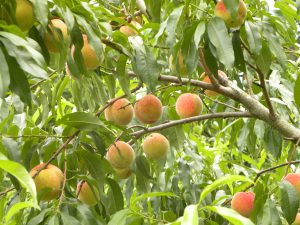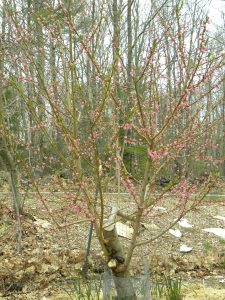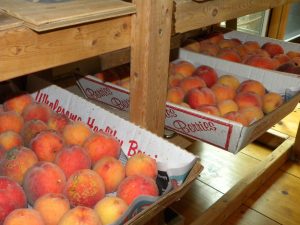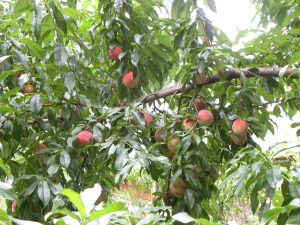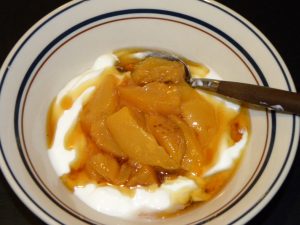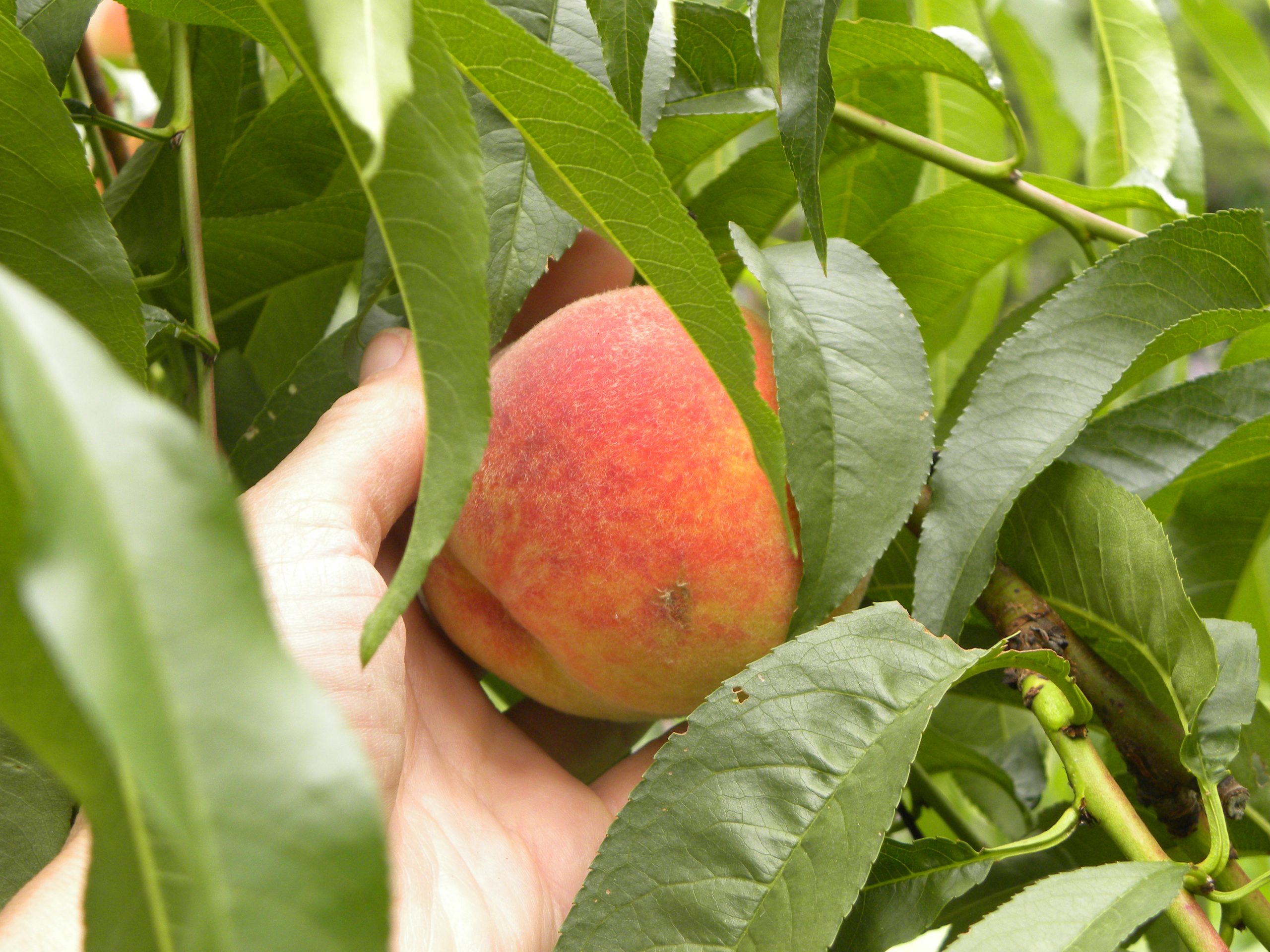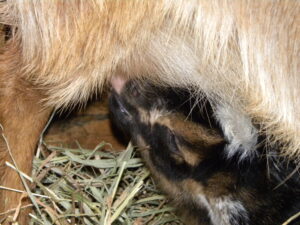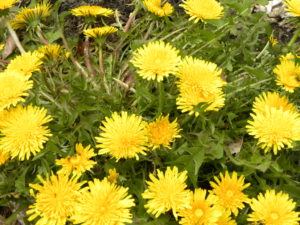
My favorite spring flower!
News and global issues are impossible not to stress about right now. Many of us are taking action for change, which I see as the best antidote to despair (as Joan Baez said). However, as is always the case, grief and joy exist side by side in the world and in our lives. So, I thought taking time here to marvel at the turning of the year to Spring and the reemergence or start of new life would be worthwhile.
One of my winter reads was Sproutlands: Tending the Endless Gift of Trees by William Bryant Logan. It’s a beautiful book that teaches about the skills of coppicing and pollarding and other ancient tree management techniques while celebrating the people and cultures who live or lived in such a sustainable, symbiotic relationship with forests.
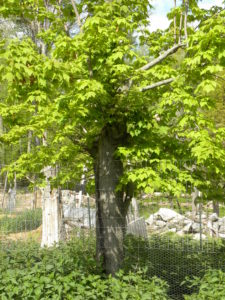
A Pollarded Red Maple Tree
In it I learned that May is “the time when the coppice springs.” Here is a condensed version of the beginning of his chapter The Spring: New-cut coppice springs. After you cut to the ground, the wood jumps back into the sky. A coppice wood cut down in winter comes up in the season of flowers. Springtime, the name by which every English speaker calls the May, means exactly that: the time when the coppice springs.
Here is some of what has been springing to life for us…
Plants, especially perennials, showing us how well they weathered another winter.
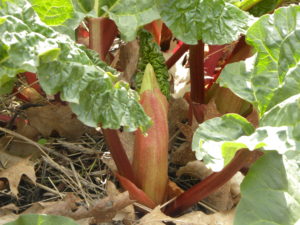
Rhubarb Rising
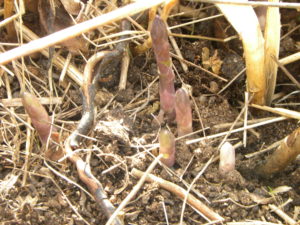
Asparagus Emerges
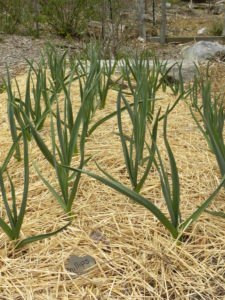
Garlic, planted last fall
Blossoms setting us up for lots of summer fruit.
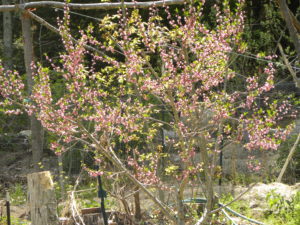
A Lars Anderson Peach Tree in full bloom
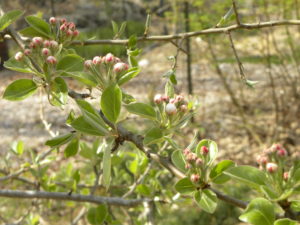
Pear Flowers
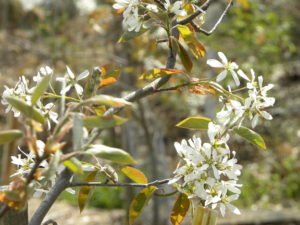
Juneberry Flowers
Three baby goats from two successful births, leading now to plenty of milk for yogurt and cheese.
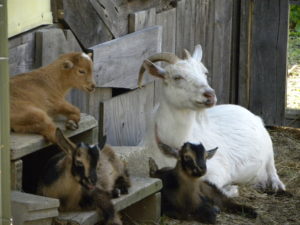
Lily with her two kids and Georgia’s kid (Lily’s grandson), too!
Nice green pasture to rotate for the goats to eat – grass into milk.
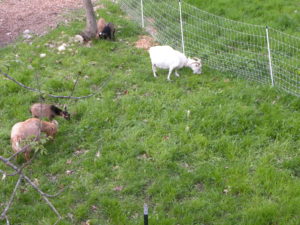
New pasture, just opened to the goats in our rotational grazing system
Lots of amazing eggs, bright orange from fresh spring forage.
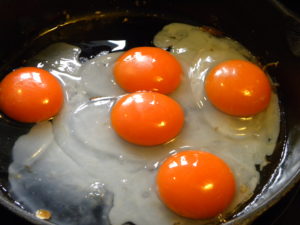
Duck Eggs
Of course, the wheel will keep on turning and there will be endings and deaths, which are a lot harder for me to write about even though they are just as sacred and worth holding close. Maybe I’ll speak to that one of these Falls.
Meanwhile, happy season of growth and fertility! Let us remember to be grateful for living in a world that gives us so much. May we emulate the persistence and resilience of the trees springing back after a hard winter or an intense pruning.
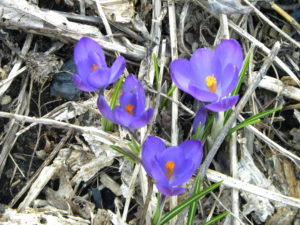
Crocus, our earliest flower

